Lead Service Line Inventory
The Illinois Environmental Protection Agency (IEPA) administers the Lead Service Line Inventory (LSLI) Program, a critical initiative aimed at identifying and replacing lead service lines in community water systems. Mandated by the Lead Service Line Replacement and Notification Act (Public Act 102-0613), all community water supplies in Illinois are required to submit a comprehensive inventory of their water service lines.
Lead service lines, often found in older infrastructure, pose significant health risks, particularly to children and pregnant women. Even low levels of lead exposure can lead to developmental issues in children and various health problems in adults.By participating in the LSLI Program, rural communities can ensure safer drinking water for their residents, protect public health, and comply with state regulations. This proactive approach not only addresses current health concerns but also invests in the long-term well-being of Illinois’ rural populations.
What is lead?
Lead is a naturally occurring metal that has been widely used in products like paint, pipes, and gasoline. While useful in industry, lead is toxic to humans, especially young children and pregnant women. Once it enters the body, lead can build up over time and cause serious health issues, including developmental delays, learning difficulties, and damage to the brain, kidneys, and nervous system.
People are most commonly exposed to lead through:
- Lead-based paint – In homes built before 1978, deteriorating paint is a major source of lead exposure—especially when it chips or turns to dust. Children are at higher risk because they often put their hands or toys in their mouths, which can be coated with lead dust.
- Lead pipes and plumbing – As drinking water flows through lead service lines or plumbing fixtures containing lead, lead can leach into the water supply, especially if the water is corrosive.
- Certain jobs or hobbies, such as construction, auto repair, or making stained glass, where lead-based materials are used.
Because lead has no safe level of exposure, identifying and removing lead sources—like old paint and service lines—is crucial for protecting public health.
